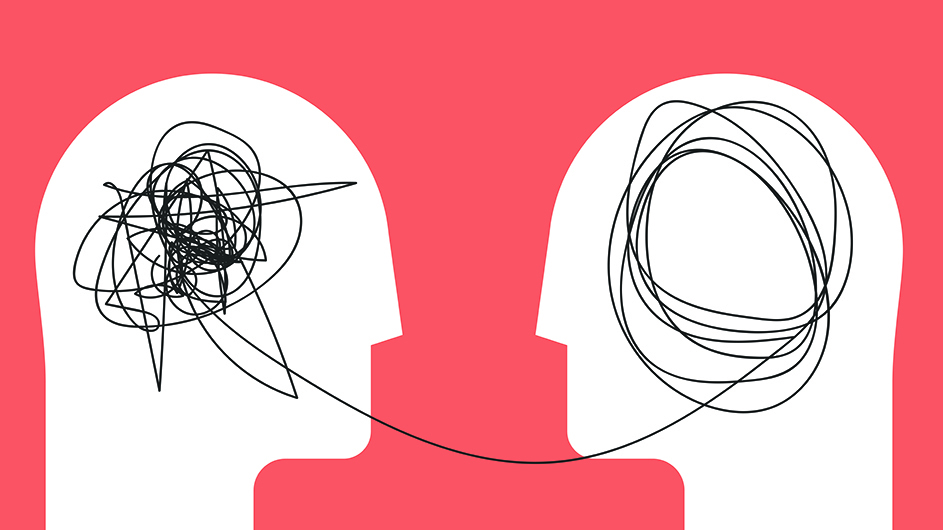
**Aesthetic Representation of a Neuron: Grasping Memory and the Intriguing Operations of the Human Brain**
The brain stands as one of the most extraordinary creations within the human body, achieving accomplishments that challenge our comprehension of biological and computational processes. It has the capacity to retain what is deemed the computer equivalent of a petabyte, or 100 million gigabytes, which is roughly equivalent to 4.7 billion books. With 86 billion neurons, 100,000 miles of nerve fibers, 10 trillion synapses, and 400 miles of capillary networks, the brain exemplifies both an astounding complexity and a perplexing simplicity. Yet, despite this remarkable capacity, memory can often seem fragile, transient, and elusive. How do we reconcile this contradiction? How is it possible to have such enormous potential for memory storage while still forgetting mundane details, like what we had for breakfast the previous day?
This article explores the intricacies of memory: its functioning, various phases, the processes at play, and the intriguing yet critical phenomenon of forgetting. We will investigate the leading scientific theories and actionable strategies to enhance memory retention and recall.
—
### What Is Memory?
At its essence, memory is a biological function that enables us to store, retain, and retrieve information and experiences. Although our understanding of memory operations at the microscopic neuronal level is incomplete, contemporary neuroscience provides several overarching theories to elucidate its structure and mechanisms.
One of the more widely recognized theories is the **Atkinson-Shiffrin model**, which divides memory into three distinct stages: sensory memory, short-term memory, and long-term memory.
—
### The Structure of Memory
#### Sensory Memory
This initial phase of memory processes incoming sensory data—visual (iconic), auditory (echoic), and tactile (haptic), among others. Sensory memory is ephemeral, lasting less than a second, and acts as the first filter to evaluate which stimuli merit further attention.
#### Short-Term Memory
Short-term memory includes the information currently held in our conscious awareness. This encompasses **working memory**, which is temporary and limited in capacity—typically retaining around 5 to 7 pieces of information at any given moment. Working memory allows us to tackle immediate challenges or tasks before either discarding the information or transferring it to long-term memory.
#### Long-Term Memory
In contrast to sensory and short-term memory, long-term memory possesses a nearly infinite capacity. It encompasses the information we either consciously or subconsciously store, such as facts, experiences, and procedural knowledge. However, its retrieval depends on how effectively the memory was encoded and whether it has been reinforced over time.
—
### How Is Memory Formed? The Phases of Encoding, Storage, and Retrieval
The **American Psychological Association (APA)** defines the formation of memory as a triadic process: **encoding, storage, and retrieval.**
#### Encoding
During the encoding phase, incoming sensory data is dissected, categorized, and reshaped into a form suitable for storage. This requires effective filtering, as not every piece of sensory information is useful or important. For example, when reading, our brains concentrate on the meaning of words rather than the visual arrangement of the text.
Notably, the brain employs a rhythm-based mechanism for encoding management. Sensory information is processed in fast cycles (30–100 times per second), while short-term memory functions in slower cycles (3–8 per second). Research indicates that during periods of focused thought, the brain synchronizes these cycles, optimizing encoding by organizing sensory signals into digestible “chunks.” This sheds light on why techniques like **chunking information** prove effective; segmenting data into smaller, cohesive units aligns seamlessly with the brain’s inherent processing tendencies.
#### Storage
Once encoded, memories are stored in various regions of the brain, chiefly the **hippocampus**, **prefrontal cortex**, and **amygdala**. Studies imply that the brain categorizes memories as positive, negative, or neutral during this phase. Positive experiences marked by dopamine—a neurotransmitter linked to rewards—are reinforced through repetition over time. Conversely, negative experiences stimulate emotional response processing in the amygdala, often resulting in instinctive memories related to survival.
However, neutral memories tend to fade more quickly due to the absence of emotional or motivational stimuli necessary for reinforcement.
#### Retrieval
Retrieval involves the process of accessing stored memories. This component is crucial in assessing memory, as repeated retrieval of a memory fortifies neural connections, thereby solidifying that memory within long-term storage. Remarkably, the mere act of recalling information can alter a memory, occasionally introducing errors.
—
### Why Do We Forget?
**Forgetting**, contrary to common belief, is not merely a defect in memory, but a vital aspect of an efficiently functioning brain. This mechanism permits the brain to enhance efficiency by prioritizing important memories while discarding or suppressing less critical information. As Anthony Wagner, an associate psychology professor at Stanford University, highlights, forgetting facilitates quicker and less encumbered decision-making.